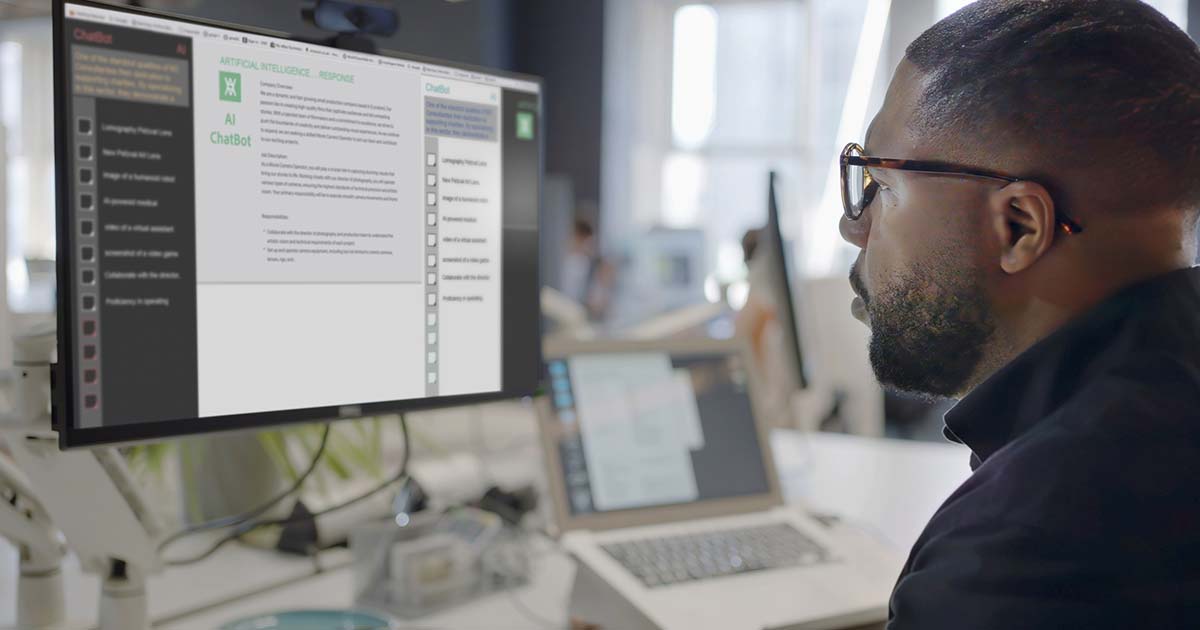
Artificial intelligence is explosive in healthcare. Remote patient monitoring is gaining ground. The intersection of AI and RPM is where data overload can become clinical insight. While RPM is excellent at collecting a continuous stream of patient data, it can create a significant challenge for care teams when they become overwhelmed by the sheer volume of information.
RPM programs traditionally have relied on expert systems to manage this data, using them to handle complex but clearly defined rules, like a consistent rise in blood pressure over several days. Now, RPM is advancing by adding AI that excels at multivariate analysis that focuses on finding the correlations and trends that a human might miss.
This new layer of intelligence can distinguish between a benign two-pound weight gain after a holiday and a similar weight gain that, when combined with risks like increased nighttime blood pressure and decreased activity, signals a potential red flag for decompensation. It's the next step in separating RPM noise from clinically significant, actionable signals.
Ultimately, RPM provides a "digital bridge" to the patient's home, and AI acts as the intelligent assistant that makes sense of that connection, said Dan Tashnek, founder and CEO of Prevounce Health, a vendor of software, services and devices that support remote patient monitoring, chronic care management, advanced primary care management and preventive services. He also is a practicing healthcare attorney.
"The partnership allows clinicians to manage large patient populations effectively, enabling a shift from reactive to truly predictive care," he explained. "This is a change I feel is transformative for both patient outcomes and the economics of healthcare."
We spoke with Tashnek to dig more into the new relationship between AI and RPM.
Q. You told me AI has the ability to enhance RPM efficiency. Please explain how.
A. The efficiency gains from AI are immediate and substantial. First, AI helps tackle the core operational challenge of running a growing RPM program – the overwhelming flood of patient data. Instead of requiring clinicians to manually review thousands of readings, AI systems can serve as an intelligent triage layer.
They analyze incoming data from entire patient populations at once, distinguishing between normal fluctuations and clinically significant trends. This automated prioritization surfaces at-risk patients far more quickly than a human could alone.
The intelligent analysis also directly combats the prevalent issue of "alert fatigue." In many digital health systems, clinicians are inundated with so many low-priority notifications they begin to tune them out, which risks a critical miss. By learning what's normal for an individual patient, AI better ensures alerts are only triggered for meaningful deviations, making each notification more actionable and restoring the urgency – and one could argue purpose – of the alert system.
Beyond clinical analysis, AI can dramatically streamline the administrative workflow and documentation requirements of RPM. It automates tedious but critical tasks like generating documentation for compliance and billing, tracking time spent on patient care, and preparing concise summaries for review.
By handling both the complex data analysis and the associated administrative burden, AI frees up a significant amount of clinical time, allowing care teams to focus more on direct patient engagement and complex medical decision making.
Q. How can AI-powered predictive analytics improve risk detection in RPM?
A. It's important to frame predictive analytics as a key part of the future of AI in RPM. While some predictive capabilities have been implemented today, the industry is still in the early stages. The next frontier involves developing more sophisticated models that can incorporate a much wider array of data, from traditional medical devices and consumer wearables – a priority of the current administration and Health and Human Services Secretary Robert F. Kennedy Jr. – to patient-reported symptoms and EHR history.
That said, the core function of predictive analytics is to transform RPM from a monitoring system into an early warning system. Its real power lies in synthesizing multiple, disparate data streams to find patterns that would otherwise be invisible.
For instance, AI might correlate data from a patient's smart scale – like a 2-pound weight gain – their wearable watch – like a noticeable drop in daily steps – and their connected blood pressure cuff – like a slight increase in nighttime readings.
Individually, each of these might not trigger an alert. But the AI, recognizing this specific combination as a potential risk for a patient with congestive heart failure, then automatically can trigger a targeted questionnaire asking about specific symptoms. The patient's response becomes the final piece of evidence, allowing the system to flag the patient for immediate intervention, days before a crisis might occur.
Q. You stress the importance of human-in-the-loop and model training. Please elaborate.
A. For the foreseeable future, AI in healthcare must be viewed as a powerful tool to augment human clinical intelligence, not replace it. This is a fundamental requirement from both a clinical safety and a regulatory perspective, and the principle behind the "human-in-the-loop" model, which ensures a qualified clinician is always the ultimate decision maker.
When an AI surfaces a non-obvious risk based on a correlation between weight, activity and blood pressure, the clinician's expertise is essential to validate that finding in the context of the whole patient and be the decision maker on the best course of action.
This expert feedback is particularly crucial for how AI models are fine-tuned for specificity. As clinicians validate or dismiss alerts, that feedback helps the model learn to better distinguish between clinically significant patterns and benign data fluctuations for different patient populations.
Over time, this continuous process of refinement helps to significantly reduce "alert noise," ensuring the notifications surfaced to the care team are of higher quality and greater urgency. It's a collaborative process where clinical wisdom is used to strengthen the precision and value of the AI model.
Q. And finally, perhaps the most important question, what are areas of caution when implementing AI systems in healthcare?
A. When implementing AI systems, the most critical areas of caution revolve around ensuring clinical adoption. A powerful algorithm will provide zero value if clinicians don't trust it or if it adds to their workload.
For clinicians to adopt an AI tool, especially one performing complex multivariate analysis, it must be transparent and explainable. A "black box" system that simply flags a patient as "high risk" should be a non-starter. The system must be able to surface the key data points that led to its recommendation, for instance, showing the clinician, "This alert was triggered by the combination of these three subtle trends."
Another significant caution is the potential to create overwhelming alert fatigue, as I discussed earlier. The danger is that a truly critical event gets lost in the noise. The AI must be precise enough to surface only the most clinically significant insights, ensuring that every alert is treated with the urgency it deserves.
Follow Bill's health IT coverage on LinkedIn: Bill Siwicki
Email him: bsiwicki@himss.org
Healthcare IT News is a HIMSS Media publication.
WATCH NOW: Wisdom on nurses and IT from a health system's nurse CIO


